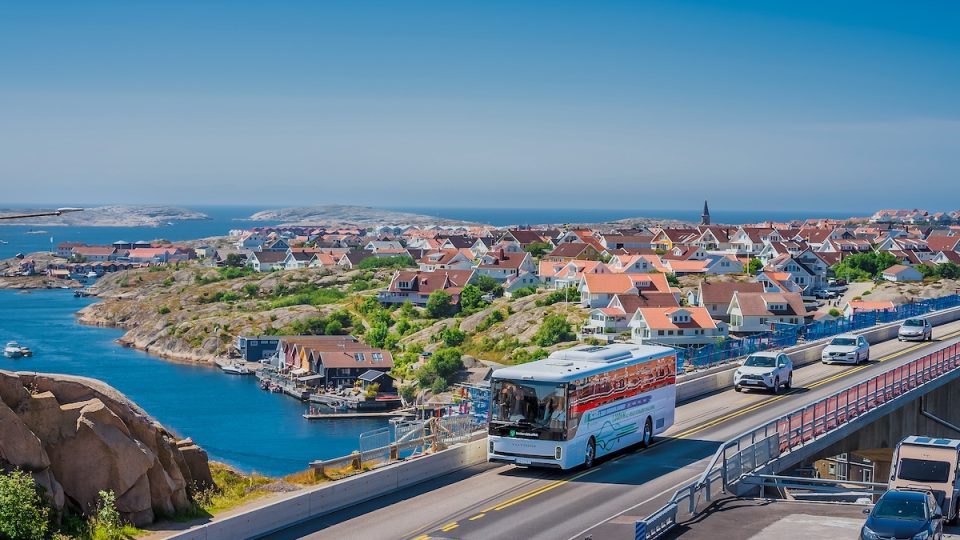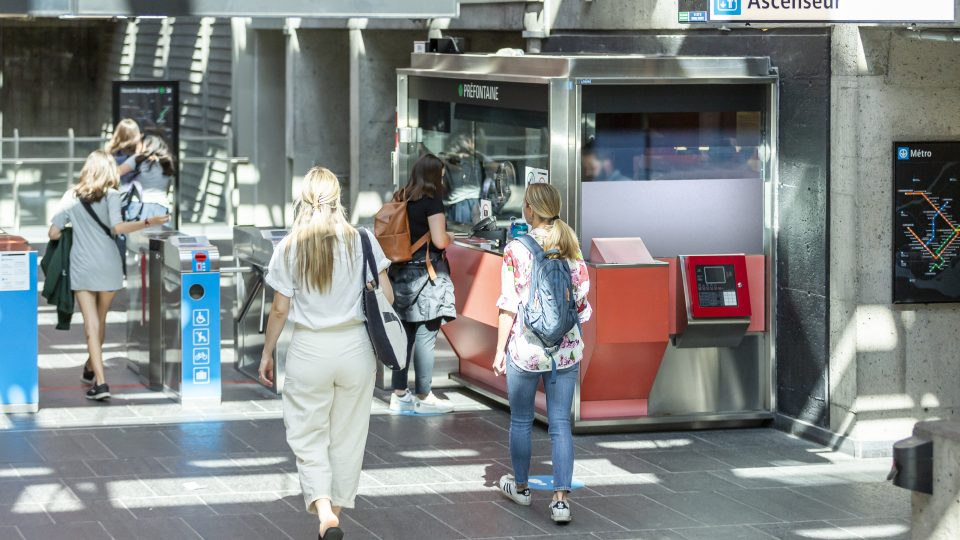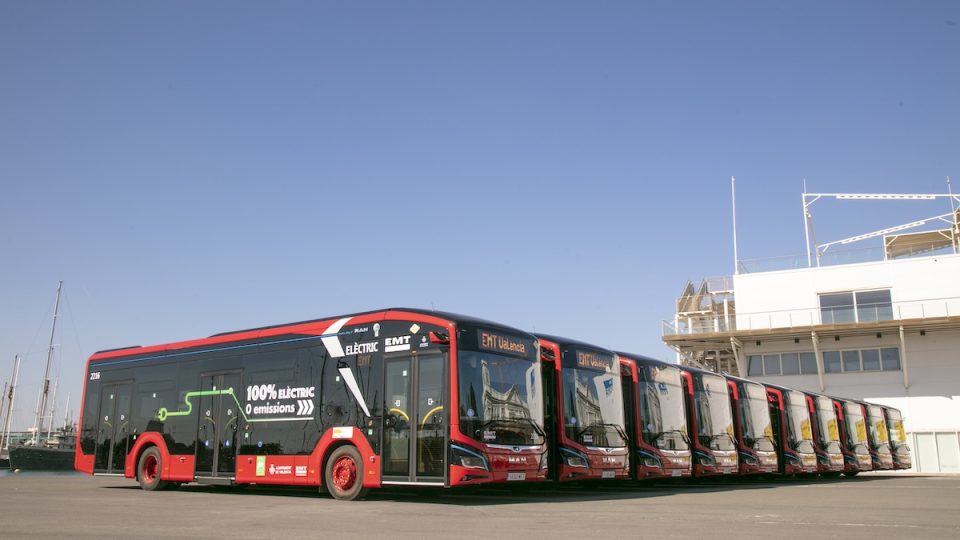Switch Mobility: the importance of the Indian market and the strategies in Europe. Interview with Peter Freedman
by Alex Byles Switch Mobility‘s strategies on the European markets, product development, opportunities and potential of the Indian market are just some of the topic of this interview. After having unveiled, at European Mobility Expo 2022 in Paris, its e1 electric bus model for the European market, Switch Mobility launched its electric bus platform SWITCH EiV 12 for […]
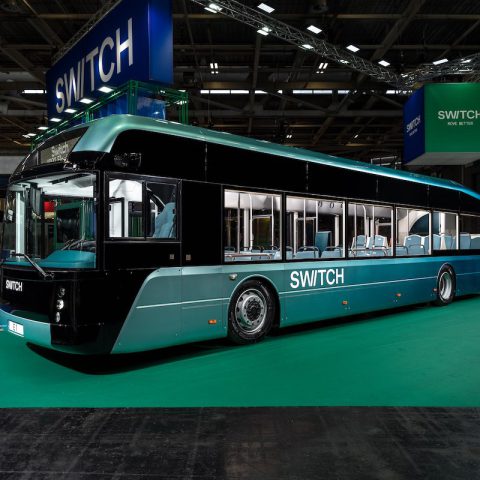
by Alex Byles
Switch Mobility‘s strategies on the European markets, product development, opportunities and potential of the Indian market are just some of the topic of this interview.
After having unveiled, at European Mobility Expo 2022 in Paris, its e1 electric bus model for the European market, Switch Mobility launched its electric bus platform SWITCH EiV 12 for the Indian market (the two models have the EV architecture in common). The Switch e1 will be manufactured at the company’s new manufacturing and technical centre in Valladolid, Spain. A massive £300 million investment plan in the UK and India is planned.
The UK-based manufacturer attended the recent Euro Bus Expo 2022 in Birmingham, UK. We spoke to the company’s Chief Marketing & Sustainability Officer, Peter Freedman.
We felt that to sell into the European market, we needed a hub in Europe, so we’re opening the plant in Valladolid in about a year. The fundamental plan is to start by addressing Spain and Portugal, France and Italy, then after that, we’ll look to markets like Scandinavia and Germany. But there are some good products already available and we know that it’s not an easy market to go into.
Peter Freedman, Chief Marketing & Sustainability Officer
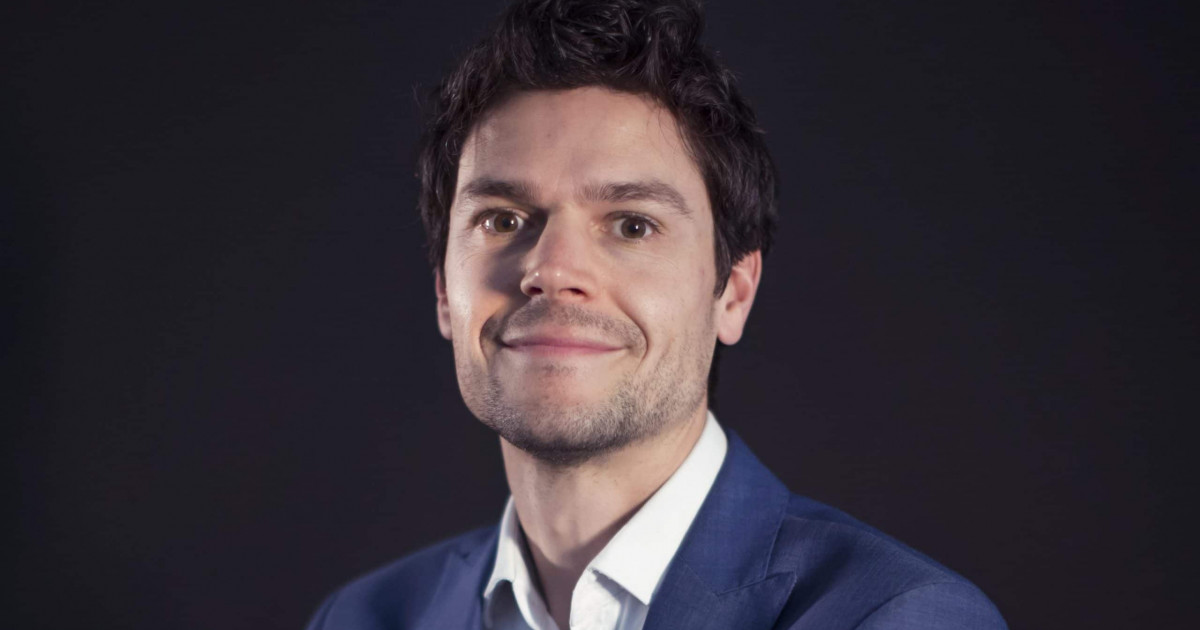
Switch Mobility’s bus market take
How’s the 2022 market performed for Switch Mobility in the UK and beyond?
“Switch is no longer just a UK operation, thanks to our market in India. This has helped, because in India it’s scaling back up quite quickly. In total, we’ve got over 1,000 orders, but these are mostly in India. In the UK, it’s still a mixed market. Last year there were about 450 electric buses registered nationally, and this year around 600-700, so it’s growing, but it’s not growing as quickly as the manufacturers would like.”
In your view, what are the main headwinds impacting the market?
“A current issue is the cost of electricity, but most operators are pretty pragmatic; they’re looking at a total cost of ownership over 15 years. The main headwind we currently see is a long lead time for a product. Customers are waiting for certainty on patronage returning, or they’re awaiting funding. A new bus is a big investment, and funding will gradually come, but to generate demand, we need to convince them that the prices are low enough to invest slightly more upfront. Long term, the saving in total cost of ownership is there.”
What’s the Switch Mobility view on government funding to date?
“From our perspective, we’d like the ZEBRA funding to come through quicker because I think operators are waiting for this before making their next orders, so it’s been a challenging time for bus manufacturers. But we’re seeing that starting to pick up with TfL (Transport for London) funding agreed and routes to tender, and we’re also starting to see ZEBRA funding emerging, so there are glimmers of light, but it’s not been an easy year for the manufacturers. Volumes have been low, but fortunately we’ve been able to balance the books with progress in India. We think this is a reflection of the market as a whole.”
Peter Freedman: why is Indian e-bus market so important
Why is the Indian market accelerating faster in comparison?
“Firstly, the scale: there are 1.6 million buses. The India government is also supporting this progress. In April, they tendered for 5,500 buses centrally, and they’re repeating this now for another 5,500 buses. They’ve also got an interesting model because they’re pooling their transport authorities from four of five cities and they’re centrally tendering. This is better for us as a manufacturer because they tender for thousands of units of the same vehicle type, and central procurement also helps the operators save cost. India’s our biggest market in terms of volume. Bigger volume means leveraging lower cost and shorter lead times, but having engineering resource in India will also give us flexibility to scale back up in the UK market as required, and sales in India also gives us the ability to invest further in the UK and Europe. That’s an ability we never had just as a UK manufacturer.”
In India it’s scaling back up quite quickly. In total, we’ve got over 1,000 orders, but these are mostly in India. In the UK, it’s still a mixed market. Last year there were about 450 electric buses registered nationally, and this year around 600-700, so it’s growing, but it’s not growing as quickly as the manufacturers would like
Peter Freedman, Chief Marketing & Sustainability Officer
How does manufacturing plant for Spain fit into the Switch strategy?
“The strategy comprises three pillars: UK manufacture of right hand drive products, investing and continuing to grow the facility and market. Secondly, in India we have a plant in Chennai for Indian and Asian markets. Then thirdly, we felt that to sell into the European market, we needed a hub in Europe, so we’re opening the plant in Valladolid in about a year. The fundamental plan is to start by addressing Spain and Portugal, France and Italy, then after that, we’ll look to markets like Scandinavia and Germany. But there are some good products already available and we know that it’s not an easy market to go into.”

